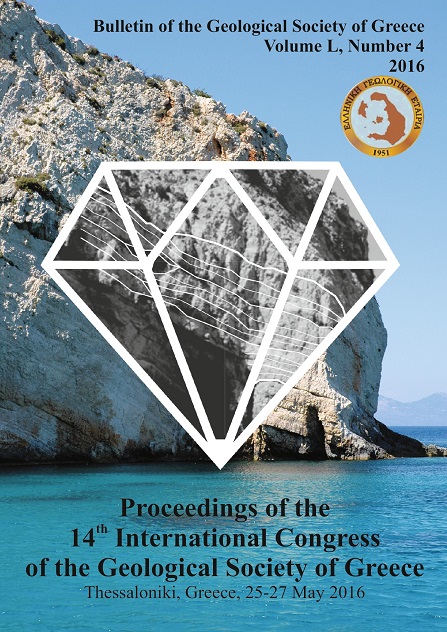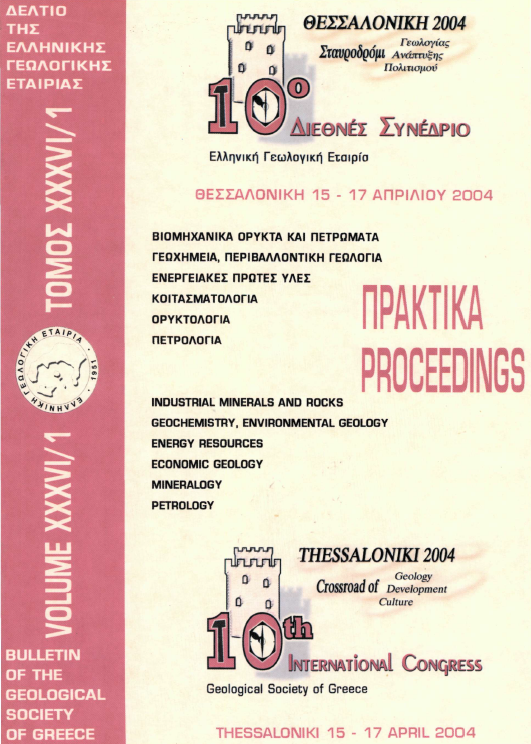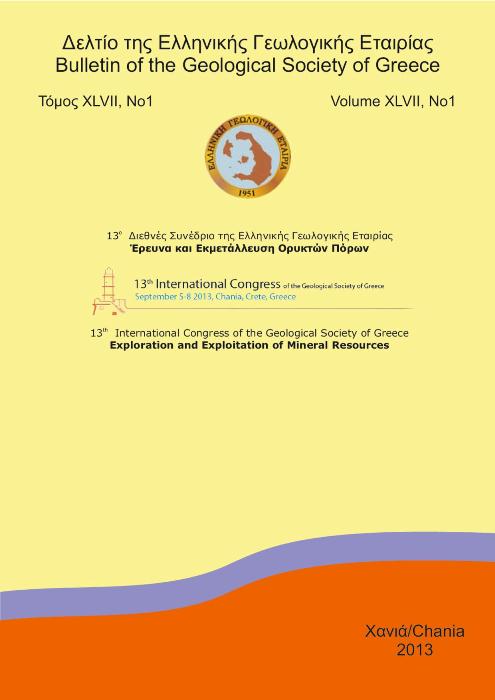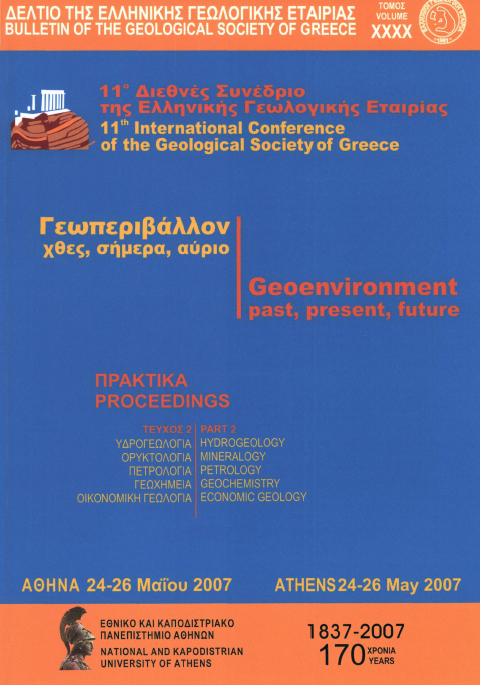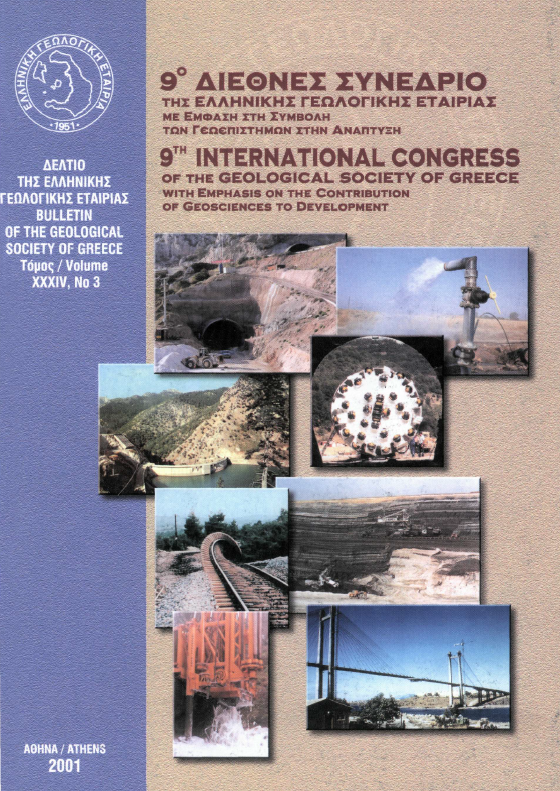COMPOSITIONAL AND MORPHOLOGICAL EVALUATION OF EDIBLE SALTS: PRELIMINARY RESULTS
Résumé
Nutritional habits have as a result the uptake of the elemental content of various foods in the human body. Salt (NaCl) constitutes an integral part of human diet needs. As a consequence, knowledge concerning the composition of edible salt is critical. The aim of the present study is to evaluate the components of 8 edible salt samples that are available in the Greek retail market. Samples were classified according to their color as follows: white (WS1, WS2), black (BS1, BS2), pink (PS1), red (RS1), blue (BLS1) and pale brown (BRS1). The research revealed that all samples mainly consist of Cl and Na. Himalayan Black Salt (BS2) also contains S, whereas the Hawaiian Red Salt (RS1) contains Fe. Additionally, most of the samples contain low levels of Al, Ca, K, Mg, P, S, Si and O as impurities. Concerning the morphological characteristics, salt particles appear irregular, rounded and in two cases as cubic crystals referring to the crystal structure of NaCl. Backscattered images confirm the presence of other mineral phases besides NaCl.
Article Details
- Comment citer
-
Stergiou, C., Karageorgiou, S., Theodoridou, S., Giouri, K., Papadopoulou, L., & Melfos, V. (2016). COMPOSITIONAL AND MORPHOLOGICAL EVALUATION OF EDIBLE SALTS: PRELIMINARY RESULTS. Bulletin of the Geological Society of Greece, 50(4), 2018–2024. https://doi.org/10.12681/bgsg.11948
- Rubrique
- Petrology and Mineralogy

Ce travail est disponible sous licence Creative Commons Attribution - Pas d’Utilisation Commerciale 4.0 International.
Authors who publish with this journal agree to the following terms:
Authors retain copyright and grant the journal right of first publication with the work simultaneously licensed under a Creative Commons Attribution Non-Commercial License that allows others to share the work with an acknowledgement of the work's authorship and initial publication in this journal.
Authors are able to enter into separate, additional contractual arrangements for the non-exclusive distribution of the journal's published version of the work (e.g. post it to an institutional repository or publish it in a book), with an acknowledgement of its initial publication in this journal. Authors are permitted and encouraged to post their work online (preferably in institutional repositories or on their website) prior to and during the submission process, as it can lead to productive exchanges, as well as earlier and greater citation of published work.

